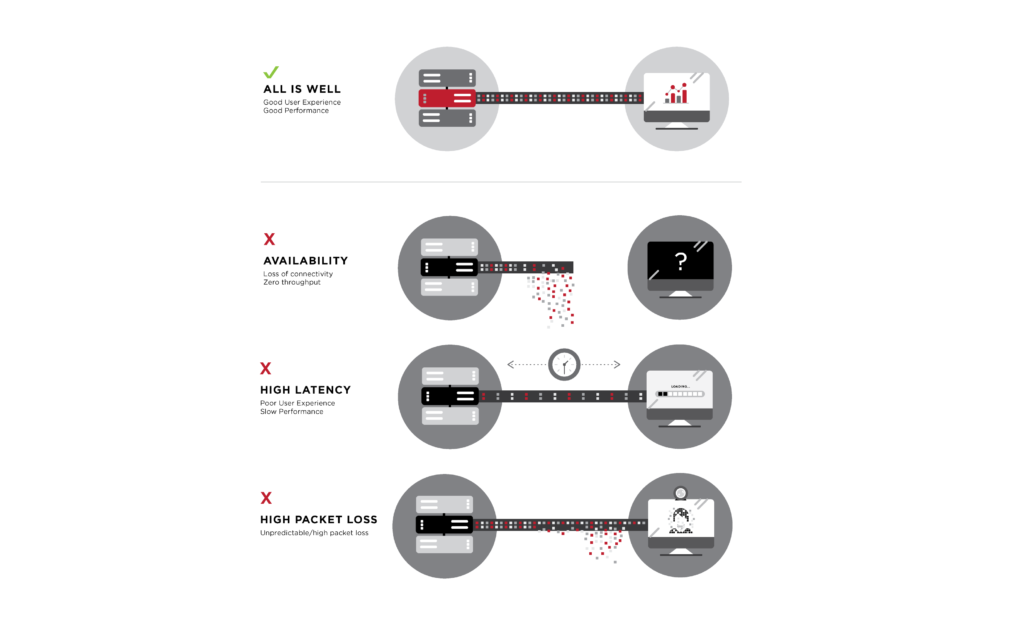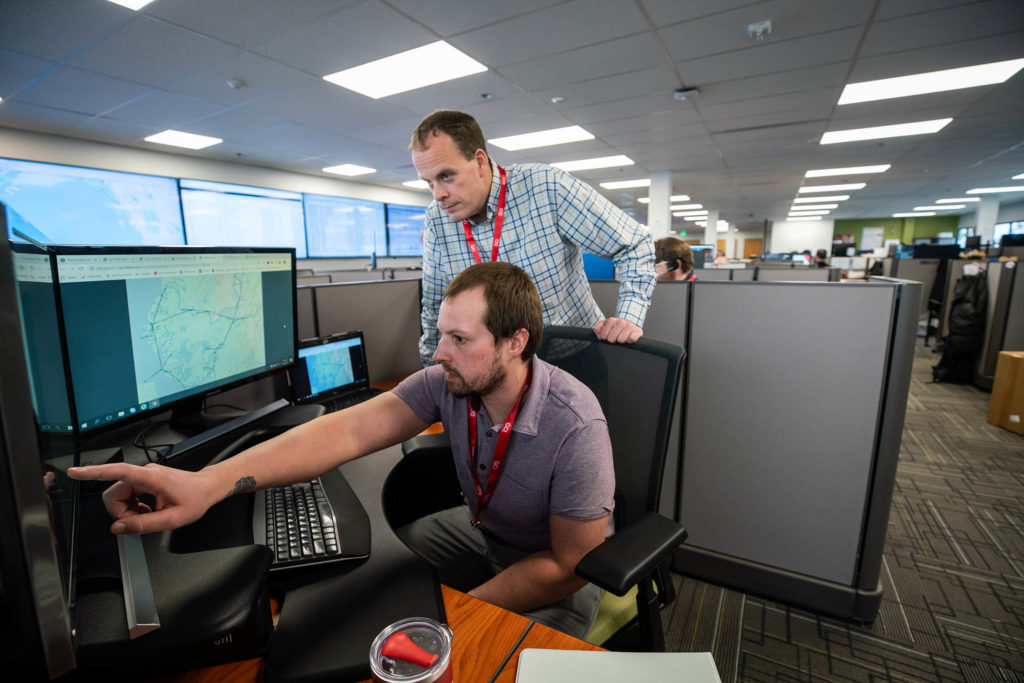Choosing a provider for a rural education network in Alaska can be a difficult process, especially in today’s climate. Finding one who operates in remote areas and understands the unique needs of your industry and community is even harder.
Rural school districts looking for a partner to support their needs should ask the following questions:
1. How many rural school districts do you serve?
Why you should ask: In Alaska, long distances and difficult terrain are a reality. Unfortunately, what makes Alaska spectacular also makes it difficult for providers to deliver and maintain education network services. This is why it’s critical your partner has deep experience with rural education networks. Put another way, do you want to be someone’s first rural customer? Teams without rural experience may not have the right infrastructure to deliver your service reliably. They probably don’t have local agents or support staff ready to help. And they are even less likely to know how to support distance education and culturally relevant lesson plans.
2. How will the technology you leverage support my education needs?
Why you should ask: Your rural community has its own unique communications needs. It also has access to different combinations of technologies. Some communities have access to fiber, while others use microwave or satellites. Each technology has its own performance characteristics, and the performance of the service you select will depend on that underlying technology. For example, the perceived slowness of satellite compared to fiber is due to the distances between satellites and Earth. As a result, you experience delays in data transmission known as latency. Latency can significantly impact your experience and is something you should ask about upfront.
3. What service guarantees do you offer?
Why you should ask: Many providers do not have service guarantees, no matter what industry you’re in. This can be a deal-breaker for education customers. This is because a problem with the network doesn’t just impact staff — it impacts your students and their opportunity to learn. That’s why having a Service Level Agreement (SLA) that guarantees reliability and performance matters. Beyond just a promise of reliable service, an SLA should have a provision for credits to make sure the provider is held accountable.
4. Are your service guarantees based on availability or how well the network performs?
Why you should ask: For some providers, availability is everything, and that is the primary way they measure the quality of the service. But for rural school districts, consistent and reliable performance is just as important. Sometimes it’s even more important. That’s because a degradation in service isn’t just a slow down or inconvenience; it’s a barrier between the student and the education content they need. Because of this, it’s critical that school districts have guarantees for all performance characteristics, including packet loss, latency and availability.

5. When something goes wrong, who answers my call and how quickly is my problem solved?
Why you should ask: Service providers with experience working in rural areas understand that school districts provide a critical public service. This requires a higher level of support than for standard businesses. Does the provider offer a dedicated team of support professionals for rural education networks? Are those professionals empowered to see every issue through to resolution? If not, your critical issues will likely be routed through multiple tiers of support. This means your staff will spend valuable time managing trouble tickets and proposed resolutions.
6. Where are your support personnel located?
Why you should ask: In rural Alaska, where the speed and method of travel can vary greatly, having regional or even local support is critical. Without supports that’s near your district, you could be waiting days for the provider to dispatch a technician from Anchorage or even the Lower 48.

How Rural Technical Support Empowers Students and Teachers in Rural Alaska
7. How do you handle on-site troubleshooting and support?
Why you should ask: While remote network management, monitoring and technical support are now common, particularly in rural areas, some issues require on-site troubleshooting. This is especially true for equipment repairs and upgrades. Do you want to wait for a dispatched technician from hundreds of miles away? Can you risk having your network offline while you wait? when a provider has local and regional technicians throughout the state, it shows their dedication to rural customers. It’s a dedication some providers aren’t willing to make.
Note: During the COVID-19 pandemic, on-site technical support has become particularly challenging for rural education networks, as service providers and communities work to limit spread of the virus. GCI remains committed to providing quality technical support while maintaining the highest safety standards.
8. What security measures have you put in place to protect students and educators?
Why you should ask: In an educational setting, where students learn and grow with the help of their teachers, safety and security are critical. Your education network is a critical tool for Alaska’s next generation of business leaders, thinkers, and educators. And they deserve protection from bad actors. Your provider should take student and teacher safety seriously; they should have real world cybersecurity solutions and trainings relevant to your industry already available.
9. What experience do you have with the E-rate Program?
Why you should ask: Historically, USAC’s E-rate Program has provided billions to support the connectivity needs of school districts across the United States. Without the E-rate Program, most rural schools would not have access to the services their students need. This complex program comes with a plethora of rules and paperwork that can be challenging to stay on top of, but thankfully your provider is allowed to help with some of that. Your provider is also required to fulfill a number of obligations that only experienced and well-trained staff can do. If your provider fails in their obligations or provides you the wrong information, it could put your funding at risk. So it is in your best interest to select a provider with years of success with the E-rate program.
10. Is your proposed solution eligible for funding through the E-rate Program?
Why you should ask: It’s important to know that not all network services are available for funding through the E-rate Program. You want a provider who has years of experience with the E-rate Program and knows how best to supplement eligible services, where needed, with ineligible services at your request. When you evaluate network providers, look for one that knows how to craft solutions with the parameters of the E-rate Program in mind.